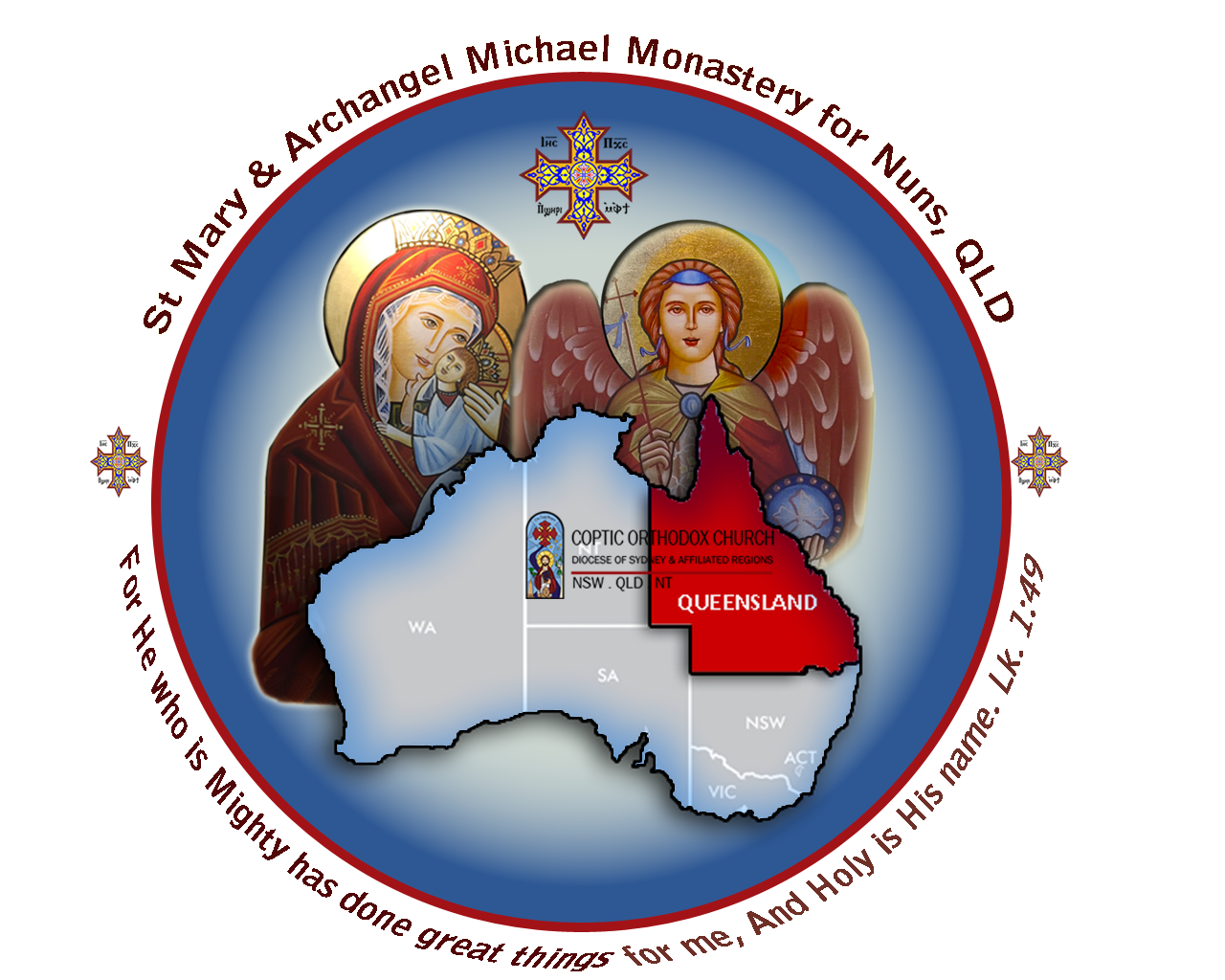The Monastery: A Sacred Dimension of Renewal and Transformation
“I beseech you therefore, brethren, by the mercies of God, that you present your bodies a living sacrifice, holy, acceptable to God, which is your reasonable service. And do not be conformed to this world, but be transformed by the renewing of your mind, that you may prove what is that good and acceptable and perfect will of God.” —Romans 12:1-2.
The residence for monastics is called a ‘Monastery’. In essence the word ‘Monastery’ does not signify a community of male or female monastics but in reality, the monastic vocation entirely embodies a devotedness to God. This important clarification is fundamental as both monks (men) and nuns (women) partake in the same spiritual vocation even if their roles or communities differ.
A monastery is not just where monastics live, but why—to become more Christlike, fulfilling the highest Christian calling. Here, the central act of the monastic vocation is highlighted: “Leaves all to become one with God.” This resonates with our Lord Jesus Christ’s own call in the Gospels; “If anyone would come after Me, let him deny himself, take up his cross, and follow Me.” —Matthew 16:24.
This monastic path of total self-giving in love to God and separation from the world, is not a retreat from the world, but a deeper engagement with the heart of the Gospel. The monastery is where the soul is shaped and purified by Scripture, formed in prayer, praise, daily worship, and refined by obedience, asceticism and humility under the guidance of spiritual directors and Father Confessors.
Our Lord Jesus Christ’s invitation to the rich young man echoes the foundational decision of monastic life: “Go, sell all you have and give to the poor... then come, follow Me.”— Mark 10:21. This act of leaving behind possessions, ambitions, and personal will is a profound expression of love and a resolve to trust in divine providence.
